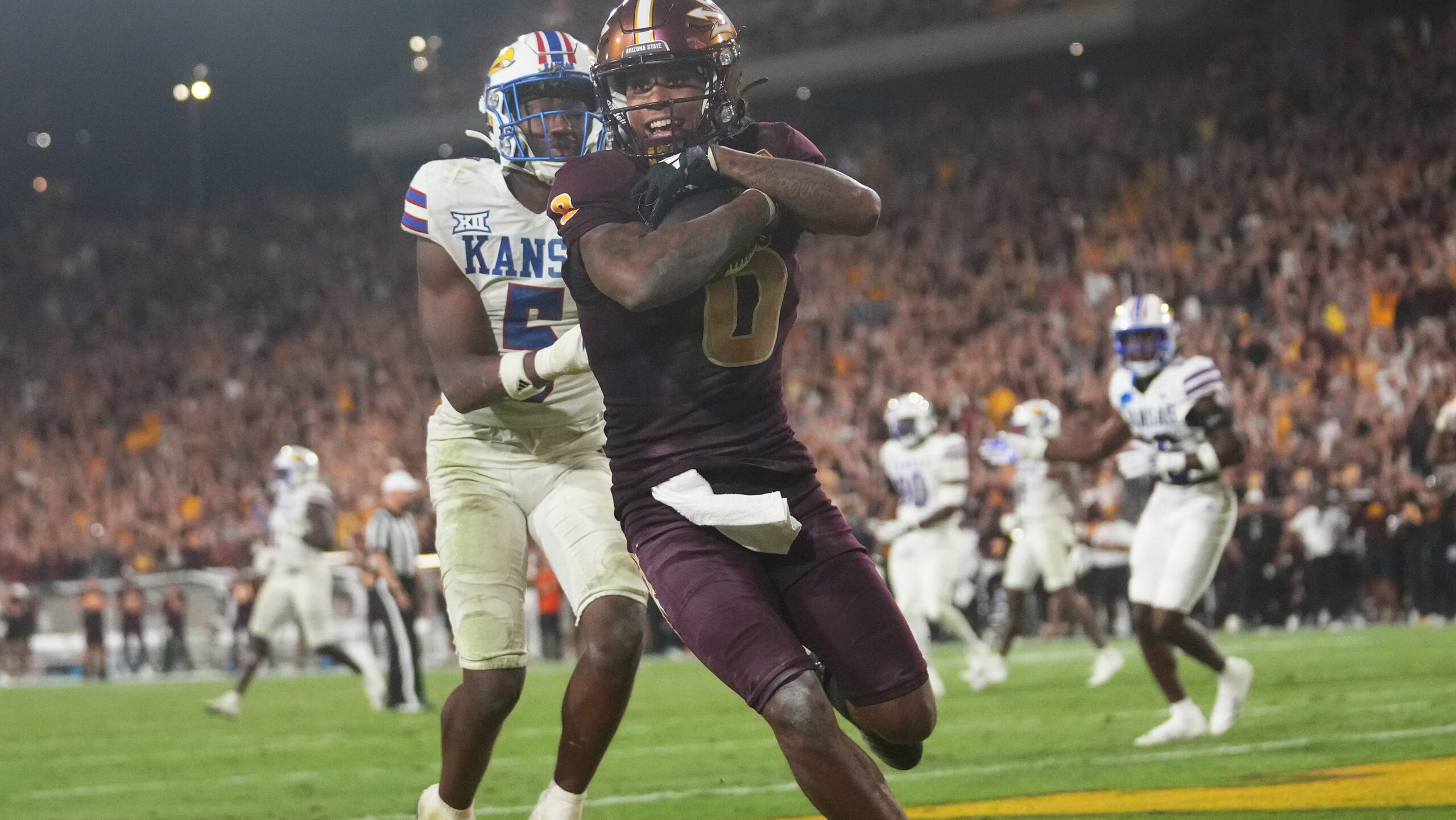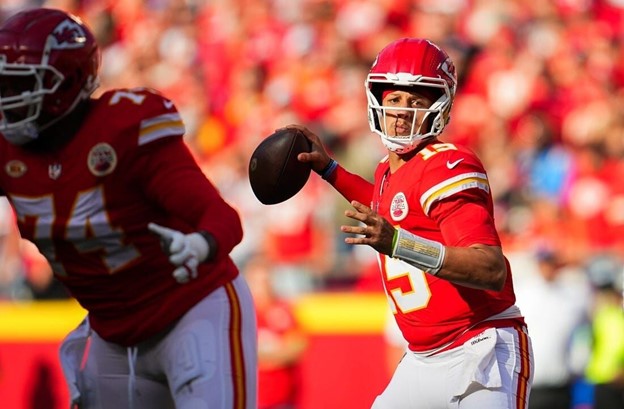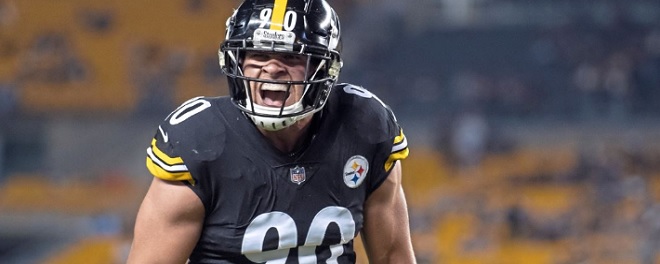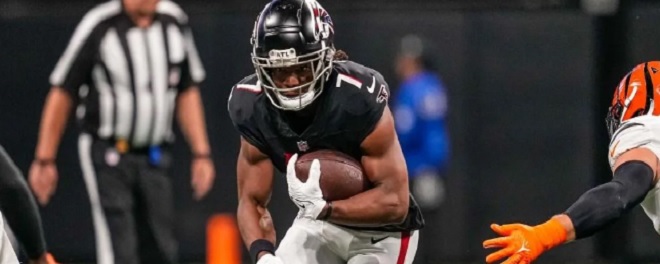American football’s rise from regional pastime to global phenomenon is a story of institutional organization, media savvy, star-driven narratives, and repeated structural innovation. The sport’s professional league – the National Football League (NFL) – grew by capitalizing on mass-market entertainment trends and modern broadcasting, turning single events into cultural rituals. Fans today combine traditional race-to-touchdown excitement with modern leisure activities; some use quick digital diversions such as a CashToCode casino between games or during commercial breaks, reflecting how fandom now mixes live sport with on-demand entertainment. Understanding why the NFL became so prominent requires looking at its historical roots, the mechanisms that expanded its reach, and the concrete metrics that measure its popularity.
From college game to a professional league
Organized American football began in colleges in the late 19th century, with rules evolving rapidly from rugby roots into a distinct sport with set formations, downs, and forward passing. Professional clubs started to appear in the early 20th century, but the sport’s early pro phase was fragmented – teams and leagues came and went, often localized to small industrial cities. The need for standardization, fair competition, and a national presence led to the formation of a stable league structure that could coordinate scheduling, rules, and championships.
The NFL consolidated bargaining power and helped professionalize the game, drawing top college talent and creating more predictable, marketable seasons. By establishing a consistent set of rules and an annual championship structure, the league made it possible for fans to follow narratives year-to-year rather than to watch a string of independent clubs. This organizational solidity set the stage for mass media to take notice and for the sport’s national footprint to expand.
Post-war boom and stadium culture
After World War II, America’s economic boom and suburban growth fueled live-sport attendance and the construction of larger stadiums. Returning servicemen and increased leisure time made spectator sports a central entertainment choice for families and communities. The NFL benefited from a postwar television industry that sought live, dramatic content, and stadium attendance became a social ritual – tailgating, fan clubs, and local civic pride all wrapped around game day.
Teams invested in bigger venues and better game-day experiences, turning football into an event rather than a competition alone. The physical spectacle of packed stadiums – noise, pageantry, halftime shows – created strong communal bonds and repeat attendance habits that reinforced the sport’s popularity for new generations.
Television, the Super Bowl and national rituals
Television transformed the NFL from a regional sport into a national ritual by packaging games for living rooms across the country. The Super Bowl, launched as a championship event between rival leagues and later unified under the NFL brand, evolved into an annual cultural moment with enormous advertising and media attention. Flagship broadcast packages, prime-time games, and event advertising made NFL Sundays a predictable centerpiece of weekend viewing.
The league also mastered narrative storytelling – weekly matchups became chapters in season-long sagas about rivalries, injuries, and title chases. Media exposure and the spectacle of the Super Bowl elevated the sport’s social reach, turning individual matchups into must-see television and helping the NFL reach audiences that extended far beyond traditional football regions. Fans increasingly planned weekends and social gatherings around televised games, making the NFL an engine of shared national experience. For fans looking to manage downtime between games or during extended commercial breaks, aggregation sites and comparison lists like AuCasinosList are sometimes consulted to find regulated entertainment options, illustrating how the modern fan mixes sports viewing with curated digital leisure.
Star power and athlete personas
The NFL cultivated personalities – players whose style, charisma, and off-field narratives attracted mainstream attention. Figures like legends from past eras and modern superstars became household names through highlight reels, endorsements, and media appearances. These stars made the game easier to market: viewers tuned in not only for the competition but to watch favored personalities compete, clash, and triumph.
Marketing campaigns amplified player stories, while endorsements and cross-platform media appearances extended athletes’ reach into music, film, and advertising. The personal brands of star players helped the league reach audiences who were not traditional sports fans, transforming athletes into cultural icons and fueling broader public interest in games, merchandise, and related events.
Rules, safety, and product evolution
To maintain viewer interest and broaden appeal, the NFL continually adapted rules to improve safety, scoring excitement, and game flow. Changes such as emphasis on passing, instant replay, and stricter safety protocols made games faster, higher-scoring, and more television-friendly while attempting to reduce serious injuries. Investments in player safety technologies and medical protocols helped protect athlete health, a necessary step to retain public trust and the willingness of younger players to enter the professional ranks.
Balancing tradition with modernization allowed the NFL to remain relevant; each rule tweak sought to preserve competitive integrity while enhancing viewer enjoyment. Those updates also made the sport more accessible for fans unfamiliar with older, more complex iterations of the game, smoothing the learning curve for international spectators.
How big is the NFL today? Attendance and reach
Measured by live attendance, television viewership, and digital engagement, the NFL ranks among the world’s most consumed sports properties. Recent seasons have averaged around seventy thousand fans per game; with 272 regular-season games in a full NFL schedule, that average translates into roughly 19 million regular-season attendance annually, not counting playoff and preseason games. Those attendance figures combine with massive broadcast audiences – single games regularly attract millions of viewers and the Super Bowl routinely ranks as one of the highest-rated television events globally.
Beyond live attendance, the NFL’s digital footprint includes streaming, social media engagement, and international broadcast deals that push game content into multiple continents. This multiplatform reach secures the league’s presence in both established and emerging markets, converting casual viewers into dedicated fans and turning episodic interest into sustained engagement.
The business machine: revenue, sponsorship, and media rights
The NFL’s business model is built on lucrative television and streaming contracts, expansive sponsorships, and strong ticket and merchandise sales. Media rights deals are negotiated at the team and league levels and are among the most valuable in global sport, providing predictable income streams that fund team operations and innovative fan experiences. Corporate sponsors – ranging from consumer brands to financial institutions – underwrite stadium naming rights, in-game activations, and leaguewide tie-ins, solidifying the NFL’s commercial base.
This financial engine enables heavy investment in stadium upgrades, youth development programs, and international marketing pushes. Economic scale also supports competitive balance measures like revenue sharing, which keep the league attractive and stable in comparison to leagues with more acute financial disparity.
International growth and globalization efforts
In recent decades the NFL has explicitly pursued international markets through regular season games abroad, international broadcasting partnerships, and strategic marketing in Europe, Mexico, and Asia. London and Mexico City regular-season games, along with NFL training camps and grassroots outreach programs, have introduced the sport to new fans and created overseas loyalists. The league’s multilingual media, targeted social content, and flag-football development programs further push American football into new demographics.
While football remains most popular in the United States, these globalization moves have expanded the sport’s cultural footprint and driven incremental growth in viewership and merchandising outside North America, creating a genuinely international fanbase.
Youth participation, fantasy sports and second-screen culture
Grassroots participation – youth leagues, high school football, and college programs – ensures a steady talent pipeline and sustained cultural interest in the sport. College football acts as both a farm system and a standalone attraction that feeds NFL fandom. Meanwhile, fantasy football transformed passive viewers into active participants by tracking player performance and statistical matchups, increasing weekly engagement and personal investment in more games.
Second-screen behavior – fans using mobile devices to follow stats, place fantasy lineups, or interact on social platforms – has become ubiquitous and drives attention during live broadcasts. The interactive habit strengthens the bond between content and consumer, making every Sunday an immersive media event rather than a single linear broadcast.
Technology, streaming and new media
The NFL adapted early to changing media consumption by licensing content to cable networks and later to digital platforms, enabling flexible viewing across devices. Streaming partnerships and league-controlled digital channels allow for segmented content – mic’ed players, condensed replays, statistical overlays, which suits modern viewers’ tastes. These innovations keep content fresh and give the league leverage in negotiating rights deals that solidify revenue long term.
By providing content in short, shareable formats, teams and the league harness social media virality and attract younger audiences who prefer clips and highlights to full games. Tech integration thus helps sustain interest across generations.
Challenges and the road ahead
Despite dominance, the NFL faces challenges including player safety concerns, shifts in entertainment habits, and the need to keep international growth meaningful rather than symbolic. Social issues and player activism have occasionally complicated public perception, requiring thoughtful engagement from league leadership. Additionally, evolving viewing habits, cord-cutting, microtransactions, and competition from esports – force the NFL to innovate continually.
Yet the league’s adaptive capacity, deep financial resources, and integrated media strategy provide it with tools to navigate future disruption. Retaining cultural relevance will depend on balancing tradition with innovation, protecting player health, and making the sport accessible to new global fans.
The NFL became the most popular sport in large part because it combined a compelling, physical product with organizational strength, relentless media innovation, and star-driven storytelling. Attendance of roughly 19 million in a typical regular season and massive television audiences demonstrate the league’s scale, while commercial savvy and youth pipelines ensure its longevity. Its success is not an accident but the outcome of decades of strategic decisions: institutional consolidation, stadium spectacle, broadcast relationships, and continuous modernization.
As the NFL looks beyond national borders and into digital futures, the same principles that built its dominance – compelling competition, cultural storytelling, and media partnership – will determine whether it remains the world’s most consumed version of American football in the years ahead.




